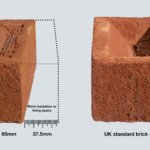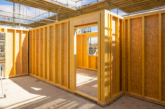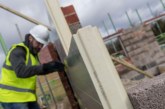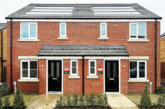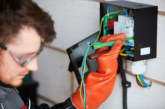 The drive for energy efficient homes is continuing at pace with the new approved Part L Building Regulations now in place, setting new guidance for the energy efficiency standards of new properties in England and Wales with particular reference to heat and fuel. Gonzalo Bunse (left), Category Director at Wienerberger UK and Ireland, looks at the impact of the guidance and explains how housebuilders can prepare for a new energy efficient future.
The drive for energy efficient homes is continuing at pace with the new approved Part L Building Regulations now in place, setting new guidance for the energy efficiency standards of new properties in England and Wales with particular reference to heat and fuel. Gonzalo Bunse (left), Category Director at Wienerberger UK and Ireland, looks at the impact of the guidance and explains how housebuilders can prepare for a new energy efficient future.
The introduction of Part L in June marked the first transitional step towards the Future Homes Standard. The regulations cover the conservation of fuel and power before the introduction of the Future Homes Standard in 2025, which will then set out a framework to help the construction industry and homeowners reach the UK’s net zero targets in 2050.
What Part L means
Achieving the Government’s aim to deliver Zero Carbon Ready Homes by 2025 is no small undertaking.
All new homes must now produce 31% less CO2 emissions than what had previously been acceptable under the previous Part L Building Regulations. There are multiple changes that new housebuilders must adhere to, including increased energy performance standards. The changes will have far-reaching implications for the way in which the construction industry designs, plans, and builds future new homes in England.
To ensure new housebuilders are compliant with the new regulations, all new homes will now be assessed under a new Standard Assessment Procedure, which lays out greater insulation requirements and a new primary target rate.
Amongst the changes are four key performance metrics that new homes will be assessed against.
- Target Primary Energy Rate (kWhPE/m2/year), which relates to the energy consumed by the dwelling, influenced by the choice of fabric and fuel type
- Target Emission Rate (kgCO2e/m2/year), which sets a minimum standard for CO2 emissions from the dwelling. It is influenced by both the dwelling’s fabric and the fuel type
- Target Fabric Efficiency Rate (kWh/m2/year), which relates to the fabric energy efficiency of a dwelling and is influenced by the choice of fabric only
- Enhanced U-values for fabric elements, representing the minimum standards that should contribute to achieving the Target Fabric Efficiency Rate.
What does Part L mean for the construction industry?
New housebuilders must re-think the way they design and build new homes, as well as the materials that they use, to ensure new homes are as energy efficient as possible.
It’s important to remember that Part L outlines the minimum requirements that new housebuilders must meet. Striving for enhanced efficiencies beyond those regulations laid out in Part L will ensure new housebuilders are better equipped for the Future Homes Standard, which will come into full effect in 2025.
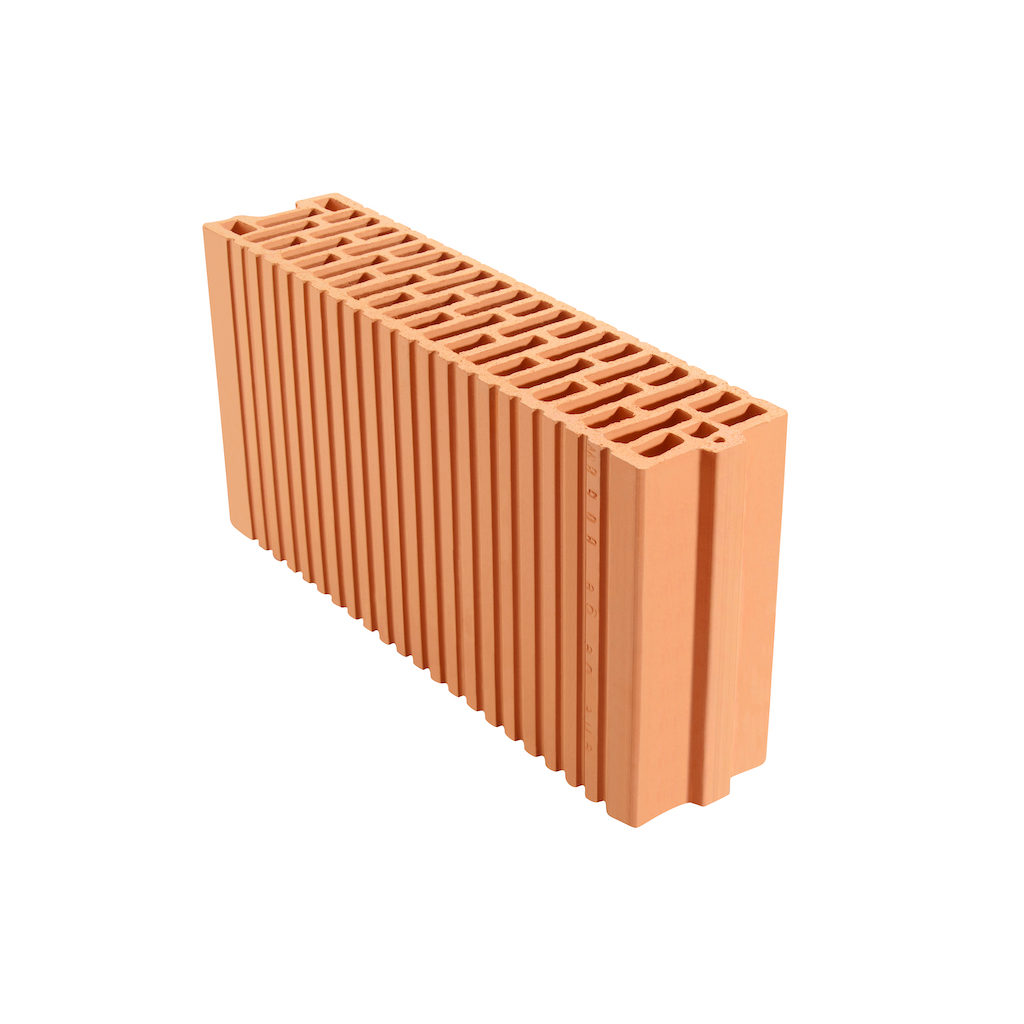
How will Part L impact building fabric?
Part L will have a significant impact on the future choice of building fabric. The construction industry must adopt a ‘Fabric First’ approach, which means opting for high-performance fabric materials that minimise energy use and, in turn, reduce a home’s operational carbon footprint. Housebuilders must opt for high-performance fabrics that reduce energy demand for heating, cooling, ventilation, hot water, and lighting. The Fabric Energy Efficiency Standard will act as a key performance metric for new homes.
At Wienerberger UK and Ireland, we adopt a ‘Fabric First’ approach across our building products and materials and are continuously investing in product development to ensure we can help housebuilders meet the changing shape of our homes and communities. For instance, our most recent product development coming to the UK market later this year is our Eco-brick range. This has a 36% slimmer profile than a conventional facing standard UK brick which allows potential savings on energy bills by adding an additional 37.5mm of insulation material, improving thermal performance or, alternatively, increase in living space.
Other solutions have been in the UK for many years. Our interlocking Porotherm clay blocks, when combined with Eco-brick, offer housebuilders even more opportunity for increased cavity insulation and improved thermal performance. Porotherm is a genuine alternative to concrete block construction, delivering an exceptionally fast and virtually dry construction, while also benefitting from high strength and, most notably, exceptional thermal efficiency to help environmentally aware housebuilders who want to achieve the uplift to standards in Part L of the Building Regulations.
Changing shape of space
There is no question that transformative change is needed within the construction industry to achieve net-zero emissions in the built environment. Part L is the first step towards a greener and healthier future.

